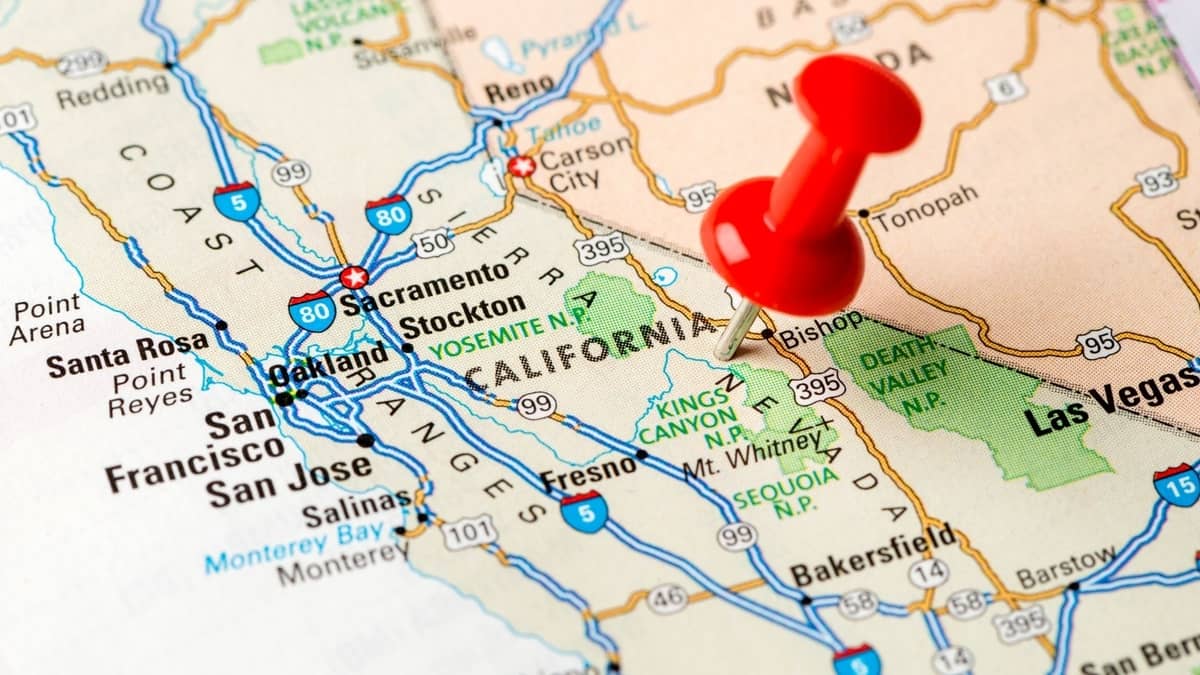
You have a vision of the perfect garden – lush with flowers, shrubs, trees, and winding paths. Now to make this picturesque oasis a reality, you need to select the optimal California planting zone. With so much climatic diversity, what growing zone best suits your gardening dreams? Start by considering the look, feel, and plant selections you envision for your garden utopia. Do you imagine desert plants like cacti and agaves? Lush coastal shrubs and grasses? Colorful alpine wildflowers? Envisioning your ideal plants, sunlight needs, and aesthetics will guide your zone selection.
California’s zone diversity
The dramatic geographical diversity of California allows it to have a diverse climate. Though the USDA map categorizes CA from zones 7-11, the Sunset Magazine zones better capture local nuances:
- Coastal zones: 18-24
- Intermediate zones: 15-17
- Inland zones: 1-14
Ocean influence, temperature, elevation, humidity, and other hyperlocal factors affect gardens in these zones.
Evaluate Your microclimate
Within broader California planting zones exist unique microclimates. Nearby hills, buildings, or water alter temperatures. Track sunlight patterns, wind, fog, and rainfall on your property. Note frost dates and record seasonal soil and air conditions. This helps determine your personalized ideal growing circumstances. When selecting plants, note not just a zone’s average conditions but temperature extremes. For example, inland zone 9 exceeds 100°F in summer but drops below 20°F on winter nights. Know plants’ heat/cold hardiness to maximize survivability. Blending compatible plants from bordering zones creates diverse gardens. For instance, integrating zone 17 and 18 selections allow coastal and interior species to thrive in intermediate areas.
Amend your zone’s shortcomings
Supplement natural conditions to expand plant options. Adding windbreaks, shade/sun structures, and irrigation effectively shift microclimates. This lets you bend the zone rules and grow finicky favorites. While zone maps provide guidance, always defer to your direct climate observations when plant picking. The zone is just a starting point – your garden’s reality ultimately determines the plants that will flourish.
- Visit public gardens in different zones to visualize what thrives. Botanical gardens showcase zone-specific plants well.
- Talk to long-time local gardeners. Your local microclimate impact is shared by them.
- Join online gardening forums to connect with CA gardeners in your target zones for advice.
- Use heirloom seeds for heritage fruits, vegetables, and flowers suited for your zone.
- Incorporate zones into your landscape design. Have separate zone areas in larger gardens.
- Keep adjusting plant selections as you learn your microclimate’s nuances.
- When plants underperform, reassess for mismatched zone conditions.
- Divide large properties into microzones based on sun exposure, wind patterns, etc.
- For zone inspiration, visit public gardens, nurseries, and parks in your target climate area.
- Mulch beds to help regulate soil temperature extremes that impact plants.
- Keep track of first/last frost dates annually to understand your zone’s season shifts.
- For marginal plants, provide extra insulation, wind protection, or irrigation to extend viability.
Your dream garden oasis can be created by understanding California’s complex zoning system and selecting plants suited to your environment. Create your perfect planting palette based on your climate research and the ambiance you desire. This state has so many growing zones that you can create your own garden paradise.







